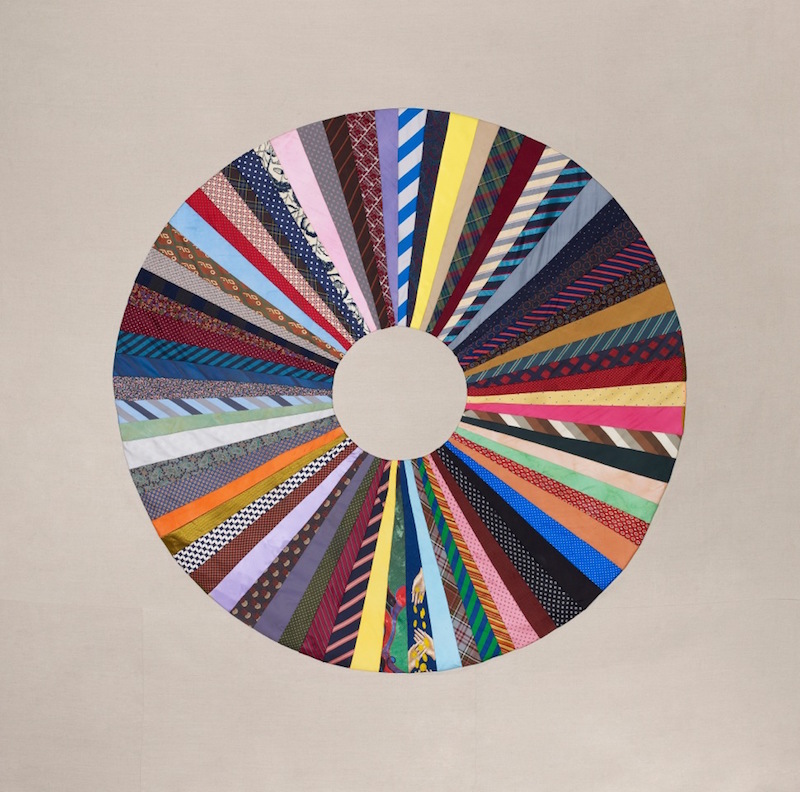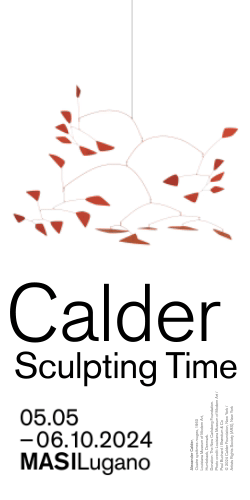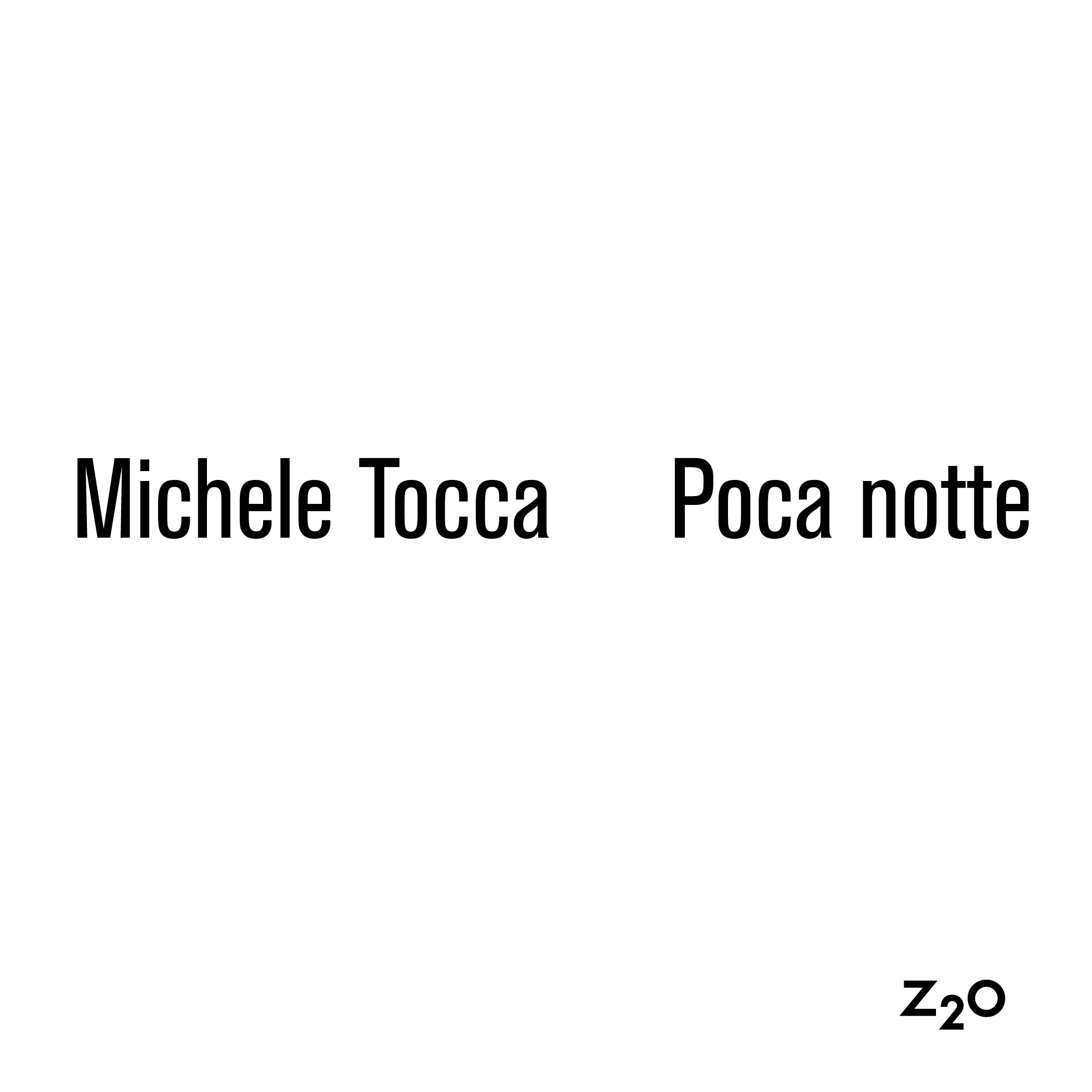[nemus_slider id=”41746″]
Per leggere l’intervista con Giovanni Carmine, uno dei curatori ?
KIKI KOGELNIK (Simone Subal, New York) e TALIA CHETRIT (kaufmann repetto, Milano)
We are very excited about the possibility to showcase Kiki Kogelnik’s work in the ThenNow section. Kogelnik is an important art-historical figure and we are thrilled to present her work to an Italian audience. The dialog with Talia Chetrit will offer a new perspective on both artists work. Kiki Kogelnik ran in New York’s Pop art circles. She was friends with Claes Oldenburg and Roy Lichtenstein, and was a visitor to Andy Warhol’s Factory. Like many women of her generation she found it difficult to gain respect and attention in the male-dominated art world. Adding to this challenge was the fact that her work resisted easy classification. She produced an array of paintings and drawing built upon her belief that “art comes from artificial.” This led to her exploring the formal and conceptual possibilities of painting, drawing, sculpture, and printmaking. She also experimented with synthetic and appropriated materials to startling effect. She is considered a proto-feminist pop artist.
Talia Chetrit will present a new body of work in dialogue with the practice of Kiki Kogelnik.?“Talia Chetrit and Kiki Kogelnik both use the body in their work, and examine it with an almost clinical approach. They dissect the body’s form, combining objective study with playfulness and sensuousness. By considering the way that women’s bodies have been circulated through the media and fashion industries, each in their own ways, Chetrit and Kogelnik have worked to expose internal conditions and external constructions of the female body. Both artists poke fun at representations of female sexuality, exploring the erotic with a humorous detachment. Kogelnik often literally cuts up the body in her sculptures and wall works and Chetrit’s photographs fragment the body through specific angles and postures”.
MARISA MERZ (Monica De Cardenas, Milano – Zuoz) e JORINDE VOIGT (Johann Koenig, Berlin)
Di Marisa Merz presenteremo un corpo di opere sia storiche che più recenti, con l’intento di esprimere il carattere intimo e visionario della sua poetica. Quasi tutte le sue opere sono senza titolo e le date non sono mai precise, in questo caso avremo dei disegni del 1980-90, dei lavori su tavola del 2010-12 e due sue sculture in creta cruda del 1985-95. A proposito delle sue testine di argilla cruda con lo sguardo rivolto verso l’alto esposte alla Biennale di Venezia del 2001 così scrive Harald Szeemann: “Rappresentano la presa di coscienza della delicatezza. Sono silenziose, nel silenzio eloquenti. Sono nate dalla pienezza dell’esperienza. Nel loro esistere si lasciano alle spalle la consistenza dell’essere. Sono la plus-valenza di ciò che è sofferto e sono eloquenti perché private delle caratteristiche del ritratto e perché permeate di un silenzio che assorbe in sé amore e rivolta”.
We are looking forward to present two groups of works by German Artist Jorinde Voigt. The five large format drawings from 2014 represent Voigt’s recent use of varying pictorial elements that she typically connects and describes with her own system of a graphical matrix at the end. Surprisingly, all that’s left from that matrix in the six pastel works from her newest series “Observations in the Now – Avatar” (2015), is one red line that stands for the Now of the pictorial time.

GIORGIO MORANDI ( Galleria d’Arte Maggiore G.A.M., Bologna) e PALOMA VARGA WEISZ (Sadie Coles HQ, London)
Galleria d’Arte Maggiore G.A.M., Bologna
Sulla nostra partecipazione posso darle una notizia curiosa, che dal 2008 in poi la nostra Galleria d’Arte Maggiore G.A.M. ha esposto solo ed esclusivamente in fiere internazionali come Art Basel, The Armory Show a New York, Art Basel Hong Kong (per citarne alcune) e non ha più fatto fiere in Italia. Per noi MiArt segna un grande ritorno nel nostro paese, un grande riavvicinamento al collezionismo italiano che di solito incontriamo nel nostro storico spazio espositivo di Bologna e per farlo siamo stati ben felici di avere non solo uno stand tutto nostro nella sezione delle gallerie, che utilizzeremo come un vero e proprio spazio espositivo, creando una mostra come se si trattasse dei muri della nostra galleria (protagonisti saranno Giorgio de Chirico e Leoncillo), ma anche di essere presenti in una sezione curatoriale insieme a una galleria internazionale di Londra, importante sulla scena del contemporaneo, come Sadie Coles nella sezione THENow. Per quanto riguarda THENow, come saprà, le opere di Giorgio Morandi saranno presentate insieme alle opere di Paloma Varga Weisz, l’artista contemporanea rappresentata da Sadie Coles che sta realizzando opere appositamente create per l’occasione. Credo che la vera sorpresa per il pubblico (e in questo caso anche per noi che mentre le scrivo, stiamo aspettando un riscontro sul suo operato) sarà vedere come un artista contemporaneo possa rielaborare la lezione di un grande Maestro del passato e come, viceversa, l’opera di un Maestro come Giorgio Morandi sia sempre attuale e si presti ad essere letta anche in chiave contemporanea. Non a caso la mostra “Ettore Spalletti – Giorgio Morandi. Dialoghi di luce” che si è tenuta nella nostra galleria a Bologna fino allo scorso gennaio ha dimostrato proprio come Morandi sia ancora amato non solo dagli estimatori dell’arte moderna, ma anche da un pubblico giovane e attento di cui fanno parte anche i più importanti curatori e artisti del contemporaneo presenti sulla scena internazionale.
La selezione da noi operata insieme ai curatori per THENow delle opere di Giorgio Morandi vede protagonista una serie di Nature Morte emblematiche e di grandi prestigio sia per l’armonia della composizione, sia per gli anni, sia per la storia dell’opera stessa che se a volte è stata esposta in qualche museo, in altri casi proviene da collezioni speciali come quella di Francesco Arcangeli ad esempio, noto storico e amico di Morandi stesso che da lui la ricevette in regalo e che svela una forte ascendenza metafisica.
D’altra parte sia io, sia i miei genitori, Franco e Roberta Calarota, teniamo particolarmente ai nostri artisti e ci occupiamo non solo del loro mercato, tramite la nostra Galleria d’Arte Maggiore G.A.M., ma anche della loro promozione culturale, attraverso la creazioni di mostre istituzionali organizzate in collaborazione con prestigiosi musei, come – solo per citare qualche esempio che riguarda proprio Giorgio Morandi – il Metropolitan di New York, il Museo di Palazzo Fortuny a Venezia, il Musée d’Art Moderne de la Ville de Paris, la Tate Gallery di Londra e tanti altri. Ultime in ordine di tempo, sono l’organizzazione di due mostre in concomitanza con la 56. Biennale di Arti Visive di Venezia: “Roberto Sebastian Matta. Sculture” inserita nel calendario degli eventi collaterali e ufficiali della Biennale e che si terrà nel giardino di Palazzo Soranzo Cappello da maggio a ottobre 2015 e l’esposizione “Alchimie. Antoni Clavé” alla Scoletta del Battioro, semplice evento collaterale nello stesso periodo.
For MiArt 2015, Sadie Coles HQ will present sculptures and drawings by Paloma Varga Weisz in the context of a specially curated series of paintings and works on colour by Giorgio Morandi (1890-1964). Varga Weisz will create a dialogue between her own recent works and Morandi’s celebrated still life scenes, one which will highlight each artist’s sensitivity to the metaphorical potency of ordinary objects, and the formalist relationships inherent in everyday assemblages. Varga Weisz’s pared-down aesthetic and recurring use of traditional materials (whether carved wood, polychromy, ceramics or watercolours) finds a precursor and a parallel in Morandi’s muted and poetically mundane evocations of table-top vessels – bottles, boxes, pitchers or vases – according to a repeating formula. Through this juxtaposition of two distinctive and highly personal iconographies, Varga Weisz’s curated display will reconsider the trope of still life or natura morta – underpinned by its mediation between naturalism and design – across media, styles and generations. Among the works to be shown are Varga Weisz’s recent assemblages of found and crafted objects within wooden cabinets.
Paloma Varga Weisz (b. 1966, Mannheim, Germany) is a German artist who works primarily in sculpture – employing a variety of media from ceramics to woodcarving – as well as producing drawings in watercolour which conjure a host of real and imaginary characters. Both aspects of the artist’s practice reflect an interest in the characters and iconography of German fairytales, at the same time as channelling more personal and autobiographical themes. Varga Weisz’s sculptures speak dually of their own sturdy physicality and of subjects both real and fictional. Her ceramic objects, modelled by hand and finished in muted tones, range between emotionally-charged portraits and depictions of imaginary characters. Her work consistently exudes a sense of history entangled with the workings of imagination and memory. Paloma Varga Weisz lives in Düsseldorf, Germany. She trained at Staatliche Kunstakademie, Düsseldorf, studying under the artist Thomas Schutte, a key exponent of ceramic sculpture. The two artists’ sculptures continue to be made in the same ceramic factory.
ALAN SHIELDS (Van Doren Waxter, New York) e HAYLEY TOMPKINS (The Modern Institute, Glasgow)
Van Doren Waxter, New York is pleased to present works by Alan Shields (1944-2005) in Miart’s THENnow section. The installation will highlight the breadth of Shield’s unique vision. Shields painted, dyed, wove, sewed, and sculpted his works into interactive forms, both conceptually and literally. Particularly noteworthy are six “pole paintings;” these works exemplify Shields’ intention that painting as a medium should come in many guises. Shields’ use of hanging and the three-dimensionality of his works encourage the viewer to contemplate his pieces from evolving vantage points in relation to the space they inhabit. By creating this visually layered and interactive experience, Shields generates an active dialogue between his works and the viewer.
The Modern Institute are presenting Hayley Tompkins for the gallery’s second participation in MiArt’s THENnow section. Tompkins has been paired with Alan Shields (Van Doren Waxter, New York). Hayley Tompkins (b. 1971 Leighton Buzzard; Lives and works in Glasgow) makes painted objects that transform familiar, commonplace things—such as knives, hammers, mobile phones or furniture. Her work articulates the relationship between the form, feel and function of an object. Tompkins was one of the three artists representing Scotland at The 55th Venice Biennale in 2013. Selected solo exhibitions include: ‘Scotland + Venice 2013’, The Common Guild, Glasgow (2014); Aspen Art Museum, Aspen (2013); ‘Currents’, Studio Voltaire, London (2011); ‘A Piece of Eight’, The Modern Institute, Glasgow (2011); ‘Autobuilding’, Inverleith House, Royal Botanic Garden Edinburgh (2009); and ‘Re’, The Drawing Room, London (2008); Selected group shows include: ‘I Cheer a Dead Man’s Sweetheart’, De La Warr Pavilion, Bexhill (2014); ‘Every Day’, Gallery of Modern Art, Glasgow (2013); ‘The Imminence of Poetics’, Sao Paolo Biennale, Sao Paolo (2012) and ‘Watercolour’, Tate Britain, London (2011) Tompkins’ most recent monograph was published in the summer of 2014 by Aspen Art Museum, Andrew Kreps Gallery, and The Modern Institute. Tompkins studied BA Honours Painting (1990-1994) and a Masters in Fine Art (1996-1998) at The Glasgow School of Art.
BILL WALTON (Adams and Ollman, Portland) e JO NIGOGHOSSIAN (JTT, New York)
I am particularly excited about exhibiting Cinco Flat which is one of Walton’s masterworks. Bill was a fly fisherman and traveled often to pursue this interest. Cinco Flat was inspired by a trip he took out West where he visited a series of buttes that rise from the flat landscape. In his notes on this work, he writes “They all appeared to be the same-until you stayed a while.” Installed over a seventeen foot expanse, the work is reductive and poetic response to this landscape. As per the artist’s instructions, the areas between the five bars-all forged from a different kind of metal- are lit by spots, a nod to Bill’s observation of the special light that would rest between those hills at dusk and most certainly to signify the importance of negative space.
Per THENnow è stato pensato un progetto site-specific, Nigoghossian presenterà tre sculture di acciaio e neon. Combinando gesto e figura queste sculture si innestano nell’interesse che l’artista ha per le tavola e i vassoi come luoghi di interazione. Usando acciaio, luce e gomma, il lavoro di Jo Nigoghossian é basato sulla manipolazione che comanda lo spazio e governa le attività di conformità e disobbedienza. “Credo nei processi difficili di confronto per manifestare i conflitti con i materiali e le relazioni nel mondo.” Il suo lavoro oscilla tra lo strutturale e il gestuale, dal figurativo all’ornamentale, siccome l’oggetto é fatto per uscire e rientrare in se stesso impulsivamente. Attualmente Nigoghossian é interessata ai tavoli e ai vassoi e allo spazio interattivo intorno a loro. Gli oggetti sopra il vassoio e il tavolo chiedono di essere destabilizzati. Il vassoio é la metafora di uno spazio precario, come bicchieri su un vassoio così sono le nostre condizioni umane. Il vassoio é uno spazio di intervento umano. É spesso usato per mangiare, per servire e per ricevere ed é spesso pulito e sporcato ripetutamente.

MAX BILL (Lorenzelli Arte, Milano) e ULLA VON BRANDEBURG (Pilar Corrias, London)
Max Bill nasce a Wintherthur, Svizzera, il 22 dicembre 1908. Tra il 1924 e il 1927 studia presso la Scuola Artigiana di Zurigo. Tra il 1925 e il 1929 compie diversi viaggi di studio tra Francia e Italia. Tra il 1927 e il 1929 studia al Bauhaus di Dessau. Tra il 1932 e il 1936 partecipa alle attività del gruppo parigino “Abstraction-Création”. Le prime sculture di Max Bill risalgono al 1933. Nel 1936 viene insignito del “Grand Prix” esponendo al Padiglione svizzero della Triennale di Milano; l’anno seguente aderisce alla “Allianz”, Unione artisti svizzeri moderni e fonda l’omonima casa editrice nel 1941. Del 1944 è l’organizzazione della prima mostra internazionale “Arte concreta” alla Kunsthalle di Basilea.
L’attività dell’artista in questi anni è molto intensa; oltre che dedicarsi all’arte Bill insegna e tiene conferenze, scrive e pubblica trattati, organizza esposizioni e continua a viaggiare frequentemente all’estero. Attività teoriche, interessi e attitudini che egli coltiverà e manterrà per tutta la vita. Nel 1951 viene nuovamente insignito del Grand Prix alla Triennale di Milano e del gran premio per la scultura alla I Biennale de arte di Sao Paulo. Nel 1951 diventa rettore della Scuola Superiore di Ulm e direttore della sezione di architettura e della sezione di formazione. Tra gli anni ’50 e ’60 ha occasione di incontrare numerosi architetti di fama internazionale con i quali inizia importanti collaborazioni e sviluppa progetti. Alla fine degli anni ’60 gli vengono dedicate esposizioni retrospettive nei musei di Berna, Hannover, Dusseldorf, l’Aia, Zurigo, Parigi, Grenoble. Tra gli anni ’70 e gli ’80 Max Bill continua la sua incessante attività teorica ed è continuamente invitato a tenere conferenze in scuole ed importanti atenei. Numerose sue sculture vengono inoltre collocate in spazi pubblici in Europa e all’estero e acquisite nelle collezioni dei più importanti musei del mondo. Max Bill muore a Berlino nel 1994.
Ulla von Brandenburg works in a diverse range of media to create complex, multi-layered narratives that investigate the thresholds that exist between reality and artifice. Working with film; drawing; installation, and performance, von Brandenburg engages with popular cultural forms from multiple epochs as a means through which to explore contemporary collective experience. Working within seemingly archaic traditions such as the tableau vivant, von Brandenburg appropriates historical source material and transforms it into the present to tacitly reveal the rules that govern our social reality. Permeated by recurring themes and images sourced from literature; expressionist theatre; early cinema, and pre-Freudian psychoanalysis, von Brandenburg’s practice cross-references back and forth between media creating a language that loops back on itself: endlessly repeating and developing. Concerned with ‘the borders of different consciousness: past and present, alive and dead, real and illusionary’, von Brandenburg creates work positioned uncertainly at the point at which reality ends and the illusion of life, emotions and events begins. We will present at the booth a recurrent theme in von Brandenburg’s practise is the line between illusion and reality. Many of her works explore theatre as a construction: how things are staged and made theatrical, the relationship between audience and actors, the rules of performance and the overlap between reality and illusion. Often utilising theatrical tools and concepts such as props, curtains, stages and costumes.
The device of the curtain, often appears in her exhibitions as a means of marking the space between the real and the imaginary, where space and time have no limits. The fabric divines the space into two spaces: the stage/space of the performer and the audience/ space of the viewer. A gap in the middle of the curtain allows the audience to step in and out of the work making it unclear which side of the divide we are on and our role. Her watercolors begin with a found historic images, von Brandenburg constructs the paper from smaller segments of old maps. Her drawings often relate to expressionist theatre, magic and the circus – a world between reality and artifice. Referring to the experience of viewing a theatrical event von Brandenburg has stated: “The moment of mimesis and identification and repetition is very interesting. These stories and dramas with feelings and psychological dispositions are repeated, learned by the actors, so these are not ‘real’ feelings but ‘learned’ feelings and yet at the same time you can identify with the hero or one of the actors. It is a form of anticipation despite repetition and distance.” Von Brandenburg formalizes these differences in the real and it’s staging, drawing attention to the complexities and layering that are involved in any depiction of reality.
PINO PASCALI, Frittelli Arte Contemporanea, Firenze – VITTORIO BRODMANN, Gregor Staiger, Zürich
JANNIS KOUNELLIS, Christian Stein, Milano – TONY LEWIS, Massimo De Carlo, Milano – London











